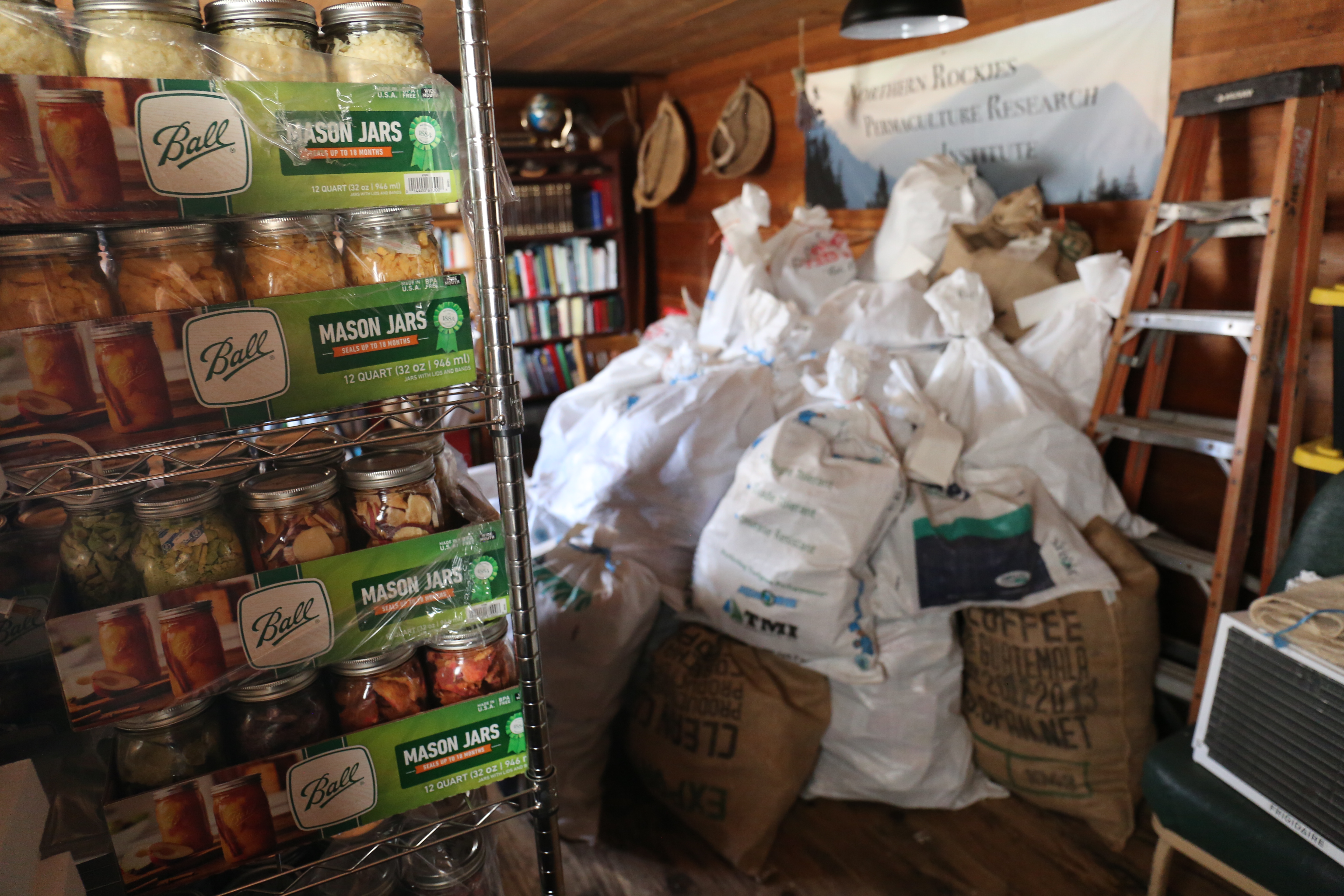
Freeze drying, also known as lyophilization or cryodesiccation, is a modern process used to preserve perishable materials by removing moisture from them. This process has a wide range of applications, from preserving food and pharmaceuticals to preserving delicate biological samples.
A freeze dryer is the equipment used to perform freeze drying. It consists of a refrigeration unit, a vacuum pump, and a condenser. The process starts by freezing the material to be dried, usually at sub-zero temperatures. Next, the material is placed under vacuum, which causes the frozen water within the material to sublimate, or change directly from a solid to a gas. This gas is then captured and removed from the system by the condenser.
Freeze drying has several advantages over other preservation methods. First, freeze drying maintains the quality, texture, and nutritional value of the material being preserved, making it ideal for preserving food and pharmaceuticals. Second, freeze drying allows for long-term storage of perishable materials without the need for refrigeration. This makes it an ideal preservation method for items that need to be stored for long periods of time or transported to remote locations.
Freeze drying also has several disadvantages. One of the main disadvantages is the high cost of freeze dryers, as well as the cost of running the equipment. The process of freeze drying can also be time-consuming, as it typically takes several hours to complete. In addition, the process can be complicated and requires specialized training, making it less accessible to those without experience in the field.
Another disadvantage of freeze drying is that it is not suitable for all materials. For example, materials with high sugar or fat content may not freeze dry well, as the sugar and fat can interfere with the sublimation process. Additionally, materials that are sensitive to changes in temperature and pressure may not survive the freeze drying process.
Despite these disadvantages, freeze drying continues to be a popular preservation method due to its ability to preserve the quality and nutritional value of perishable materials. In recent years, advancements in freeze drying technology have allowed for the development of more efficient and cost-effective freeze dryers, making it more accessible to a wider range of users.
In conclusion, freeze drying, or lyophilization, is a modern process used to preserve perishable materials by removing moisture from them. Freeze drying has several advantages, including the ability to maintain the quality, texture, and nutritional value of the material being preserved, as well as the ability to store perishable materials without the need for refrigeration. However, freeze drying also has several disadvantages, including high costs, time-consuming process, and limited suitability for certain materials. Despite these limitations, freeze drying remains a popular preservation method, and advancements in freeze drying technology have made it more accessible to a wider range of users.